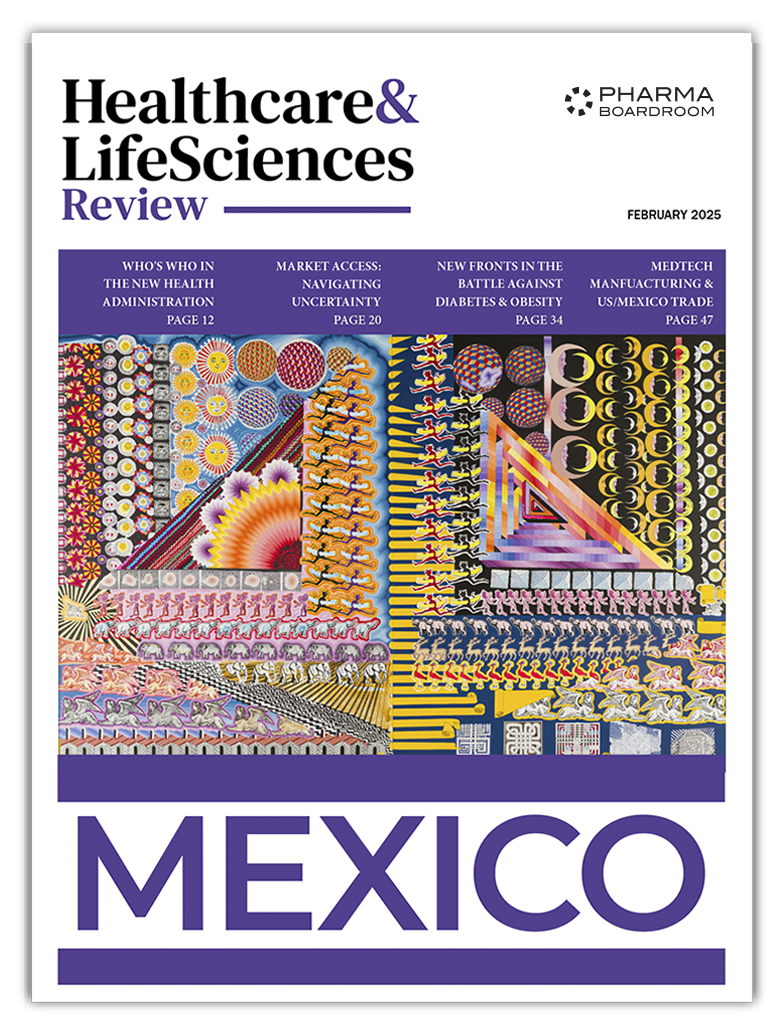Having terminated dozens of HIV-related research grants, the Trump administration’s assault on the field continues. In a major blow to the decades-long search for a vaccine, the US federal government has pulled the plug on the HIV vaccine programme run by the US National Institute of Health (NIH) –the world’s largest public investor in HIV/AIDS research. How will these cuts impact the delicate future of a research area largely abandoned by Big Pharma and where progress has been so hard-won?
Widespread Research Cuts
The Trump administration’s attack on HIV research began with sweeping cuts on funding, impacting some 145 grants that had been awarding USD 450 million in federal funds through the National Institutes of Health (NIH). Now, in the federal government’s latest blow to the field, it has eliminated a USD 258 million programme whose work was instrumental in the search for an HIV vaccine, the Center for HIV/AIDS Vaccine Development (CHAVD), created under the NIH’s National Institute of Allergy & Infectious Diseases (NIAID).
The end of the programme, led by the Duke University Human Vaccine Institute and the Scripps Research Institute in collaboration with other research partners, was announced last week when researchers were told by NIH officials that the Department of Health and Human Services, which oversees the NIH, would instead “go with currently available approaches to eliminate HIV.”
The decision, apparently aligned with the federal government’s proposed 40 percent cut to the NIH’s 2026 budget, along with the recent suspension of the clinical trials carried out by Moderna through the NIH’s HIV Vaccine Trials Network, appears to indicate that no further NIH funds will be dedicated to HIV research.
For scientists, this represents a big step backwards after years of not easily acquired progress. “For HIV vaccine design and development, we’ve begun to see light at the end of the tunnel after many years of research,” said Dennis Burton, an immunology professor at Scripps Research Institute. “This is a terrible time to cut it off. We’re beginning to get close. We’re getting good results out of clinical trials.”
According to Burton, eliminating the programme is a major reversal for a field that will have difficulty recovering. “This is a decision with consequences that will linger. This is a setback of probably a decade for HIV vaccine research.” For other experts, the cumulative effect of all of the Trump administration’s HIV cuts will be felt not only in the US, but throughout the world. “These ongoing funding disruptions by the US government don’t just affect US-funded research projects, they put in peril a much wider ecosystem of global research,” said Lindsay McKenna, project co-director at AIDS research advocacy organisation Treatment Action Group.
Beyond Research
Research is not the only piece of the fight against HIV that is suffering under President Trump’s second term. While Trump supported HIV prevention during his first run in office, since his return he has been slashing existing initiatives. In March the National Institutes of Health ended the grants related to PrEP, the regimen of preventive drugs that help to block HIV infection.
Moreover, the HIV prevention division of the Centers for Disease Control and Prevention (CDC), which supplies funds to states and territories for HIV prevention, has also been eliminated. The Department of Health and Human Services will allegedly form a new federal body that will take on some of the division’s work, but as of yet no details have been provided.
Beyond the US, the Trump administration has also dealt some devastating blows to the global fight against the disease. Funding for the President’s Emergency Plan for AIDS Relief, Pepfar, a USD 7.5 billion initiative providing HIV treatment across developing countries, has been cut. And, the government terminated its support of the joint United Nations program on HIV/Aids, known as UNAids.
HIV: An Elusive Target
Although huge progress has been made in HIV prevention and current treatment options can now control the virus, the World Health Organization (WHO) reported 1.3 million new cases in 2023, including some 120,000 children.
A vaccine as well as a cure for the disease remain elusive. “From a pure research perspective, there are two major challenges left [for HIV research],” Carl W. Dieffenbach, director of the division of AIDS (DAIDS), NIH National Institute of Allergy & Infectious Diseases (NIAID) told PharmaBoardroom last year. “One is the development of a safe, durable, and effective HIV vaccine. The second is a cure.”
As Linda-Gail Bekker, CEO of the Desmond Tutu Health Foundation, a South African HIV research and service institute, pointed out, infectious disease epidemics have never been eliminated through treatment. “Without a vaccine, we will always be chasing our tails for individuals who just got infected but avoided diagnosis or were not found in the system. This is particularly true of a disease like HIV that is often considered taboo, is kept undercover, and therefore lies latent for a long time.”
Seen as an exceedingly complex area, HIV and the search for a vaccine or cure has largely been abandoned by Big Pharma, including the high-powered innovators such as MSD and GSK, and Johnson & Johnson, who once had HIV candidates in their pipelines. But what makes it such a difficult field? For Johan Vekemans, former HIV vaccine product development team lead at the International AIDS Vaccine Initiative (IAVI), “a lot of it has to do with scientific complexity, which has knock-on effects on funding strategies. The last 30 years have been marked by continuous learning about how complicated an undertaking an HIV vaccine is and, unfortunately, we have still not been able to bring a vaccine all the way to patients.”
The cancelled CHAVD programme was focused on broadly neutralizing antibodies, a promising research avenue which has shown positive results in animal studies. According to Mitchell Warren, executive director of the HIV prevention organisation, AVAC, almost everything in the field is hinged on that work and without it, “the [HIV vaccine] pipeline just got clogged.”



